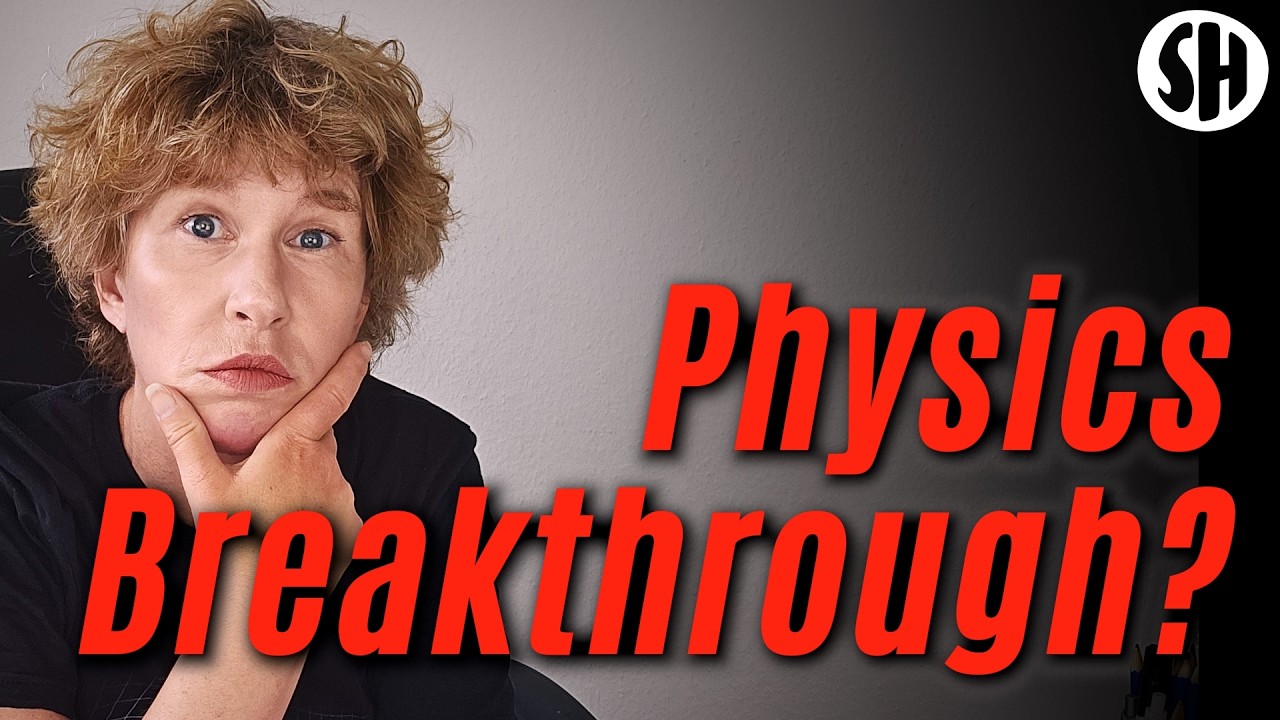The speaker criticizes a recent, low-quality paper claiming that time has three dimensions, explaining that such ideas are flawed and contradict fundamental physics principles, particularly regarding force behavior and spacetime structure. He emphasizes the importance of scientific rigor, dismissing the paper as nonsensical and warning against spreading unfounded ideas that misrepresent physics concepts.
The speaker criticizes a recent paper claiming that time has three dimensions, which is gaining attention for purportedly explaining particle masses. He finds the idea highly imaginative but ultimately unoriginal and reminiscent of his own past naive thoughts as an undergraduate, when he believed that extra time dimensions might improve the symmetry of physics. Over time, he learned that this idea is fundamentally flawed and inconsistent with physical principles.
He explains that forces like gravity and electromagnetism diminish with distance according to their spread in space, with the inverse-square law arising from the three-dimensional nature of space. If space had more dimensions, the force would drop off more rapidly, such as with an inverse-cube law. Conversely, force lines spread through space, not time, indicating that spatial dimensions determine force behavior, whereas time is only one dimension because forces do not dilute over time.
The speaker then addresses the recent paper’s claims directly, dismissing it as nonsensical. He points out that the author poorly understands basic physics concepts, such as wave function normalization, Lorentz invariance, and the nature of graviton propagators. The paper’s proposition that a six-dimensional spacetime with multiple time dimensions reduces neatly to standard spacetime when two time dimensions become negligible is invalid and meaningless, representing what he describes as outright mathematical rubbish.
He criticizes the publication of the paper in a low-quality journal and the subsequent PR release by the author’s university, which spread it widely. He emphasizes that the paper’s failures are obvious even to experienced physicists, and the inaccuracies—like misinterpreting conserved quantities, mixing up concepts, and making unfounded numerical claims—highlight its lack of scientific validity.
Finally, the speaker expresses regret over criticizing someone’s work but underscores the importance of scientific rigor. He states that time does not have three dimensions and reminds us that his own former beliefs led him astray. His tone suggests that such misconceptions should be ignored or corrected through proper education, not public hype, as the fundamental structure of spacetime remains well-understood: one time dimension and three spatial ones.
